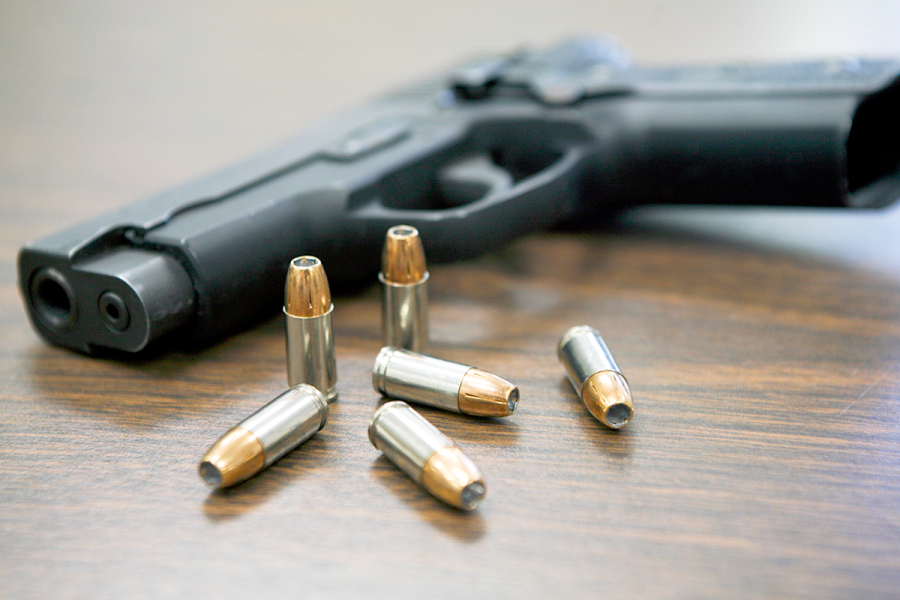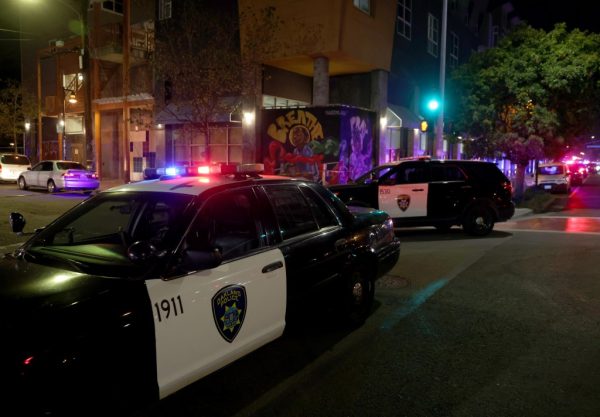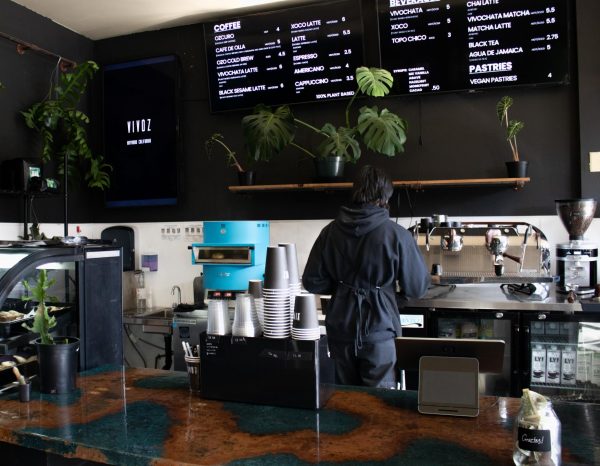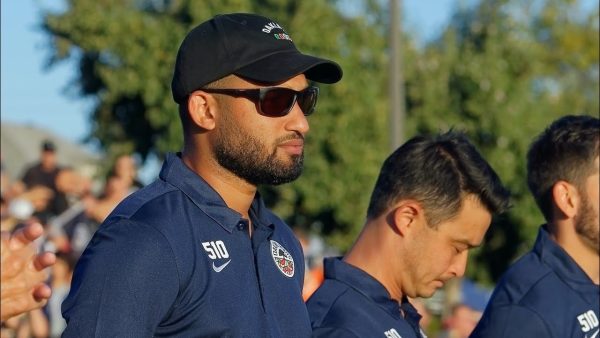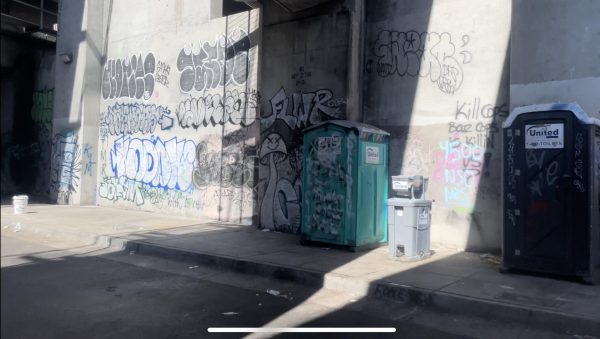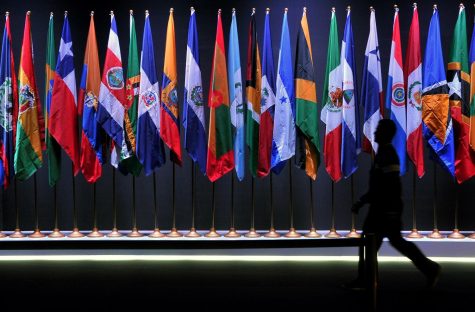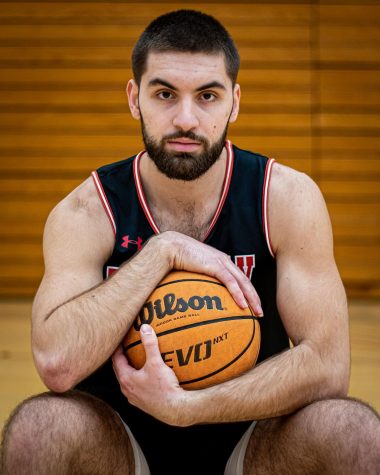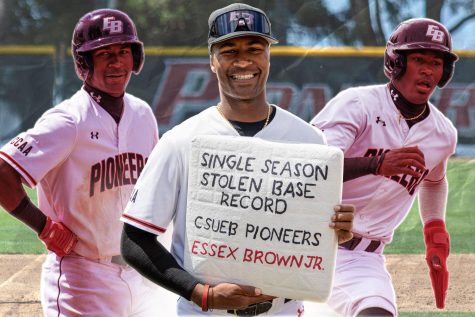The double standard in the media’s portrayal of mass shooters
February 7, 2019
It has been seven years since the nation wept over 20 first grade school children and six adults being gunned down at Sandy Hook Elementary in Newtown, Connecticut.
After the massacre of the children, the discourse of gun control in this country was renewed.
Since the incident there have been hundreds of mass shootings, including two of the deadliest in modern U.S. history: Orlando Pulse nightclub and the 2017 Route 91 Harvest Festival shootings.
There was a total of 340 mass shootings in the United States in 2018, according to the Gun Violence Archive.
The GVA is a non-profit corporation formed in 2013 that collects gun violence incidents from over 2,500 media, law enforcement, government and commercial sources daily. However, not all incidents receive national media coverage.
The public and politicians usually offer condolences, thoughts and prayers after shootings, but lawmakers have taken little action.
“My thoughts and prayers are with the victims and their families,” President Trump tweeted in response to the Capital Gazette shooting in June of 2018. Some advocates for gun control feel that the news media tends to put all its attention on the perpetrators of the mass shootings that are nationally publicized.
“No recognition of the shooter,” said Karyn Macy in an interview with Never Again, an organization that advocates for gun control and civil rights. “Do not name or show photo. Just focus on law enforcement, witnesses, survivors, victims and their families.”
Women Against Gun Violence (WAGV) informs the public, policymakers and media on the human, financial and public health ramifications of gun violence.
The organization believes the media should follow a strict protocol that does not give attention to the shooter.
“We and our constituents call out the media every time they focus on the shooter instead of the victims,” said Margot Bennett, the executive director of WAGV. “There is a specific protocol that we and other supporters of No Notoriety encourage the media to adhere to.”
Three researchers from Ohio State University analyzed media coverage of mass shootings between Jan. 1, 2013, and Dec. 31, 2015, to determine how journalists portray the shooters.
The researchers discovered that white shooters are 19-times more likely to be framed as “mentally ill” than black shooters. The narrative that mental illness is the root cause of mass murder is not the same with people of color.
Cynthia Frisby, an associate professor at the University of Missouri did a study on the media portrayal of mass shooters in 170 stories about public shootings published between 2008 and 2016.
The word “terrorist” was used 35 times when describing Muslim shooters and “thug” was used 57 times when describing black shooters.
Dylann Roof, a white supremacist who shot and killed nine black people and injured one person in 2015 at the Emanuel African Methodist Episcopal Church in Downtown Charleston, was depicted him as a mentally-ill in S.C. Subsequent media coverage.
The perpetrator in the school massacre at Marjory Stoneman Douglas High School in Parkland, Fla., was described as a troubled kid by the New York Times and a loner by multiple news agencies.
The deadliest mass shooting in U.S. modern history happened in 2017 in Las Vegas at the Route 91 Harvest Festival, which killed 58 people and injured 851 people. Stephen Paddock was characterized as a “lone wolf” who enjoyed country music, not a terrorist.
Omar Mateen, the man who is responsible for the Orlando Pulse nightclub shooting in 2016, massacred nine fewer people than Paddock. In this case, Mateen was labeled as a domestic terrorist which may have been related to him being an Afghan-American.
In the shooting at the Borderline Bar and Grill in Thousand Oaks in Nov. 2018, the gunman was described by the New York Post, as a “weird loner” who danced in his garage alone.
“This is infuriating,” said Bennett. “We frequently call out the media on this behavior and encourage our constituents to do the same.”
The stigma that mental illness and being a loner is the reason these white men committed such horrendous acts of violence is a hasty generalization.




